Everything You Need to Know About Crypto Web 3.0
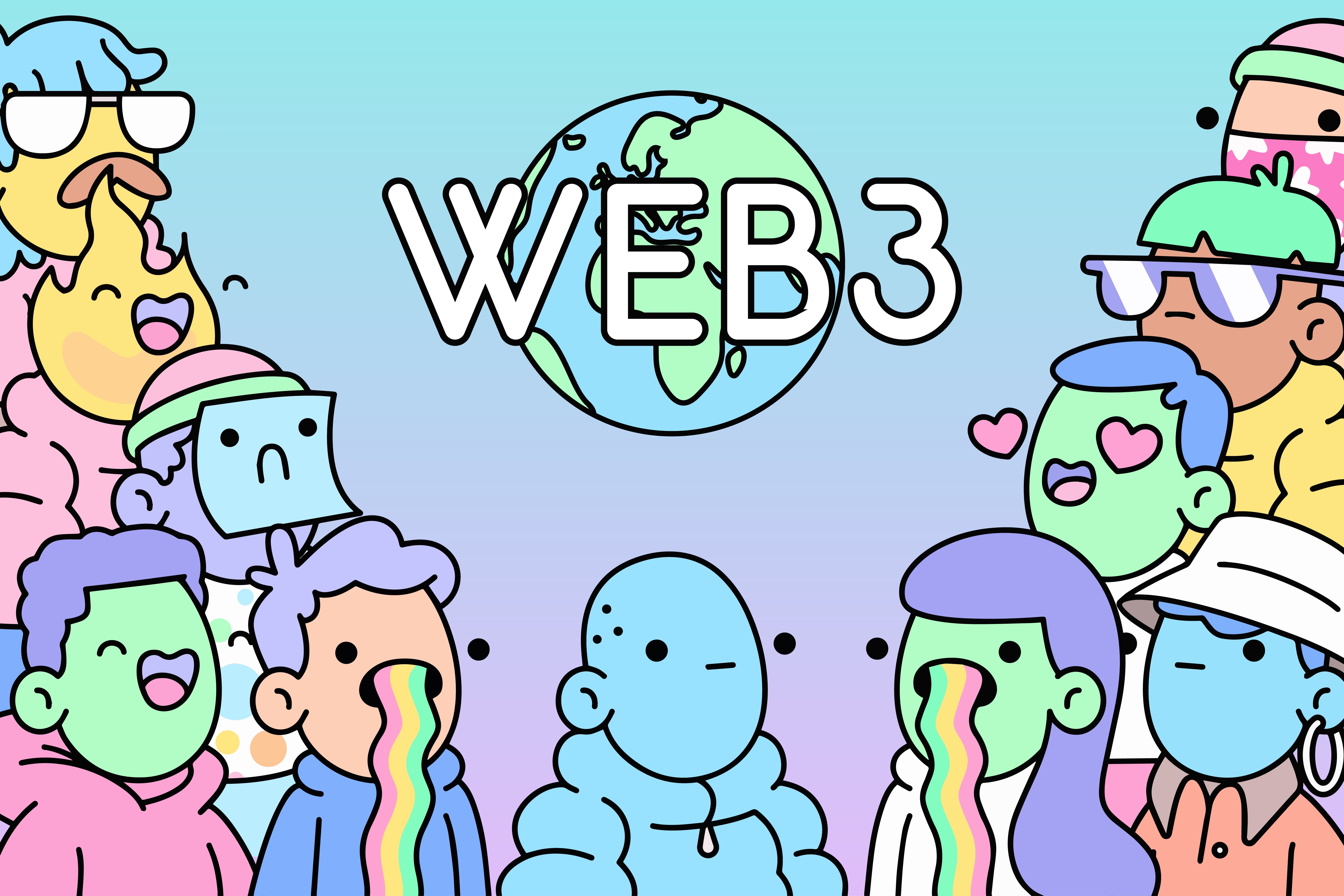
There have been numerous iterations of the internet, which have contributed to it becoming the way it is today, where we can essentially use it to create content and monetize out of it whilst also being able to access and create just about any page that we might need.
Web 3.0 is a representation of evolution from this phase we currently reside in, which is aimed at breaking the control that big corporations and governments have throughout the internet.
You can think of Web 3.0 as a decentralized online ecosystem that is based on top of blockchain technology, where all of the applications are decentralized, which means that they are not controlled by a single entity.

What is Web 3.0?
Web 3.0 is a prediction of what the future of the internet will look like, based on educated estimations. Specifically, the main goal of this version of the web is to increase the overall compatibility, the decentralized implementation of the content, which is user-generated, as well as the addition of tokenization that utilizes blockchain technology to bring value and control back to individual users of the web.
Web 1.0 was static, while Web 2.0 is heavily reliant on huge tech corporations to function.
Keep in mind that while Web 3.0 has not been fully implemented yet, there are already numerous projects that aim to introduce the concept and appeal to a mass population.
When we take a look at Web 3.0 based on the perspective of leaders within this move, it is clear that Web 3.0 has the main goal of prioritizing tokenization, artificial intelligence as well as other features with the main goal of creating what is known as a semantic web.
Let’s go over each phase of this individually.
Web 3.0, otherwise referred to through its alternative name, Web3, operates through a decentralized platform where it can process information in a quick way.
Web3 is reliant on technologies such as artificial intelligence, machine learning, semantic web, and blockchain, where it utilizes each of them to help deliver a higher level of transparency combined with a quicker and more personalized user experience.

Evolution of Web
First, we need to look at Web 1.0 to get a higher perspective of how everything started.
Web 1.0 is a point in time of the internet that took place between 1989 and 2004.
Web 1.0
Specifically, in 1989, Tim Berners-Lee, who is a British scientist, invented the world wide web (www) whilst working at CERN.
However, the fascinating aspect about it was the fact that it was originally created as a means of sharing automated information between numerous scientists in universities and institutes on a global scale. This was a point in time when the internet was new to just about everyone.
The primary use-case for the Web 1.0 era was to provide users with information, and all of the websites were only static pages that were joined by hyperlinks.
Within this era, you would need to find the web URL in order to get access to it. Today, we have search engines to handle this task for us. Furthermore, Web 1.0 is also known as the “read-only internet.”
“Web 1.0” didn’t appear as a term until Web 2.0 was coined in 1999 by Darcy DiNucci. Alongside this, internet resources saw a high level of transformation as well. Most of the websites were based on the HTML language and had minimal user-generated content. They ran on static data center infrastructure built by the ISP (Internet Service Provider) companies.
The main innovations that Web 1.0 brought to the sphere include web pages that displayed as they were loaded, which gave users much quicker access to them. Netscape Explorer was a web browser that introduced the ability for developers to utilize JavaScript and create web forms and interactive content, and cookie files were introduced as a means of keeping session information for the first time throughout the web browser.
In any case, this was still an internet where users couldn’t really upload videos as easily as we can today or start their own blogs as easily; it was still not a user-driven web.
It is referred to as a “read-only” web due to the fact that it was not very interactive and not very helpful when it came to finding information, which is the core concept of how Google got created initially.
Anything any user wanted to post on Web 1.0 would require them to know programming languages, most notably HTML at the time.

The dot-com Bubble Explained
We cannot discuss Web 1.0 without looking at the infamous dot-com bubble. The dot-com bubble refers to a point in time that took place between 1995 and 2000. Throughout this point in time, investors started pumping money into internet-based startups. Their main goal was to make a profit out of these companies, as is the case with many investments.
What was notable here is the fact that each of these companies had a commercial “.com” domain extension in the internet name address.
However, the dot-com bubble also had a solid association with the NASDAQ Composite index, which increased 582% from 751.49 up to 5,132.52 from January 1995 to March 2000.
However, there was a sudden crash afterward, where we saw a decrease of 75% from March 2000 to October 2002.
Here, we saw most of the gains from the bubble get erased. The result of this was the fact that several online and technology entities ended up going bankrupt and faced liquidation as a result of that.
However, the few companies that did survive, including Cisco, Microsoft, eBay, and Amazon, became some of the largest tech companies ever.
The main reason why this dot-com bubble failed was due to the fact that instead of focusing on fundamental company analysis, through going over the revenue generation process and business plans of each company, many investors just focused on the wrong metrics, which included traffic growth for example.
Furthermore, not many of these companies adopted viable business models, for example, a cash-flow generation process, and were also overvalued and speculative.
Most of all, the share prices of these companies went up consistently due to the overwhelming demand, so the burst was inevitable and resulted in the crash of the market.

Web 2.0
Then there’s Web 2.0. Now, Web 2.0 is defined as a point in time that began in 2004 and existed to this very day.
In 2001, the dot-com bubble ended up bursting, where many thought that the web was just overhyped and not much else.
This has changed, and this change occurred in Web 2.0.
Specifically, this new version of the internet began allowing users to actively participate in the process of creating, engaging, and even sharing things online, rather than just being the consumers of the specific content.
Due to the Web 2.0 technology which was introduced, we saw YouTube, Facebook, and Twitter grow tremendously due to the fact that users were given the freedom to interact with one another online.
There were numerous innovations that truly made Web 2.0 special, and these included access from mobile alongside mobile optimization, the introduction of social media, and cloud computing solutions. Web 2.0 is referred to as the “web as a platform” in its time.
The main reason why Web 2.0 stood out as much as it did was due to the fact that it became more than just “read-only” and is referred to as the “read-write” web.
Specifically, Web 2.0 introduced broadband internet, where corporations could start monetizing user-generated content and its overall shift to an elastic virtual infrastructure.
YouTube was acquired by Google in 2006, and Google’s founder called YouTube the next evolution of the internet.
Let’s take a look at broadband internet first. This was developed and started to replace the previous dial-up internet throughout the 2000s.
Throughout 2007, half of all internet users ended up having a broadband connection, and this allowed a much higher volume of data to get transferred a lot more quickly through the usage of an ADSL (Asymmetric Digital Subscriber Line) connection.
Websites became a lot more interesting for a lot of users and had a lot more features attached to them. Specifically, users could essentially generate content and contribute to the web whilst also interacting with other web users. Online interactions also shifted the web landscape.
With the launch of the most modern Web 2.0 applications from companies such as Google, YouTube, and Facebook, users got access to everything they could think of at the time. While Web 2.0 was not technically a shift in the technical aspect of the web and how it worked, it was a shift in how it became used by users.
Remember, in Web 1.0; users could only read content; now, they had the ability to digitally launch their websites, create videos, blog content, and any other creative activity they could think of.
Furthermore, many new programming languages were also introduced, all of which enabled developers to have a higher level of flexibility.
When we take a look at the Elastic Virtual Cloud, this is an infrastructure that gives an introduction to preconfigured virtual server images. This also introduced storage and network connectivity which customers could provide through a self-service interface. The process of monitoring information was also provided as a means of informing users regarding the resource utilization required for traceable billing and automation of management tasks.
Additionally, we also saw the web of trust between SSL and big brands. Specifically, the security of information that was transferred online had to be secured. The Secure Sockets Layer (SSL) became the most widely deployed cryptographic protocol. SSL is intended to provide security throughout internet communication prior to its successor, the TLS (Transport Layer Security), which was introduced in 1999. SSL was originally introduced by Netscape in 1994.

YouTube’s Dominance
There was a specific phenomenon that played a major role in the overall dominance and rise in popularity surrounding Web 2.0. Specifically, YouTube ended up introducing people to the act of uploading videos online.
Users could finally upload videos, often ones that they would produce themselves, act on themselves, and this would, in turn, start rapidly growing in popularity.
The website also enabled users access to monetizing methods, where they could be rewarded for the effort and time put into each video by placing ads on the videos, which would generate revenue.
Web 2.0 is a web rich with applications with a web-oriented architecture and a social web.
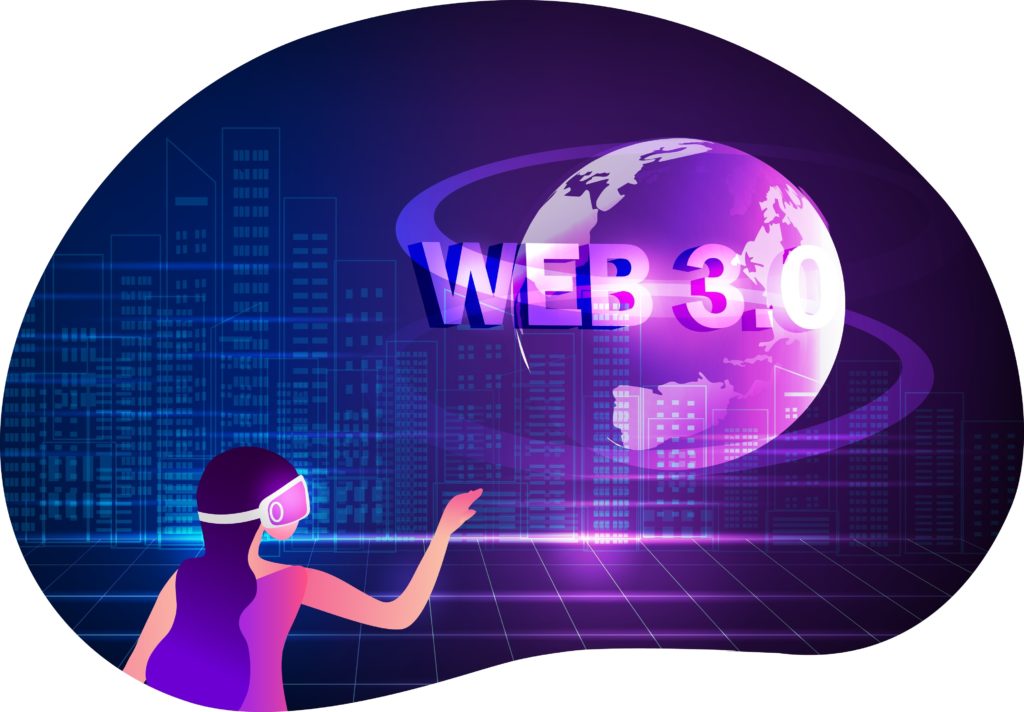
The path to Web 3.0
The inventor of the World Wide Web, Tim Berners-Lee, coined the term “Semantic Web .”This is a term that we use as a means of describing Web 3.0.
The idea of Web 3.0 is to introduce technologies that can bring an enhancement to the way through which each user is given access to an ability to create, share and even connect their own content.
Over time, the features of Web 3.0 are likely to utilize artificial intelligence and machine learning. The goal of this web is to have all of the information become interconnected; what this means is that all of the devices and services will utilize similar data. It is the introduction of a web that puts its main emphasis on personalization, collective ownership, and better means through which content is shared.
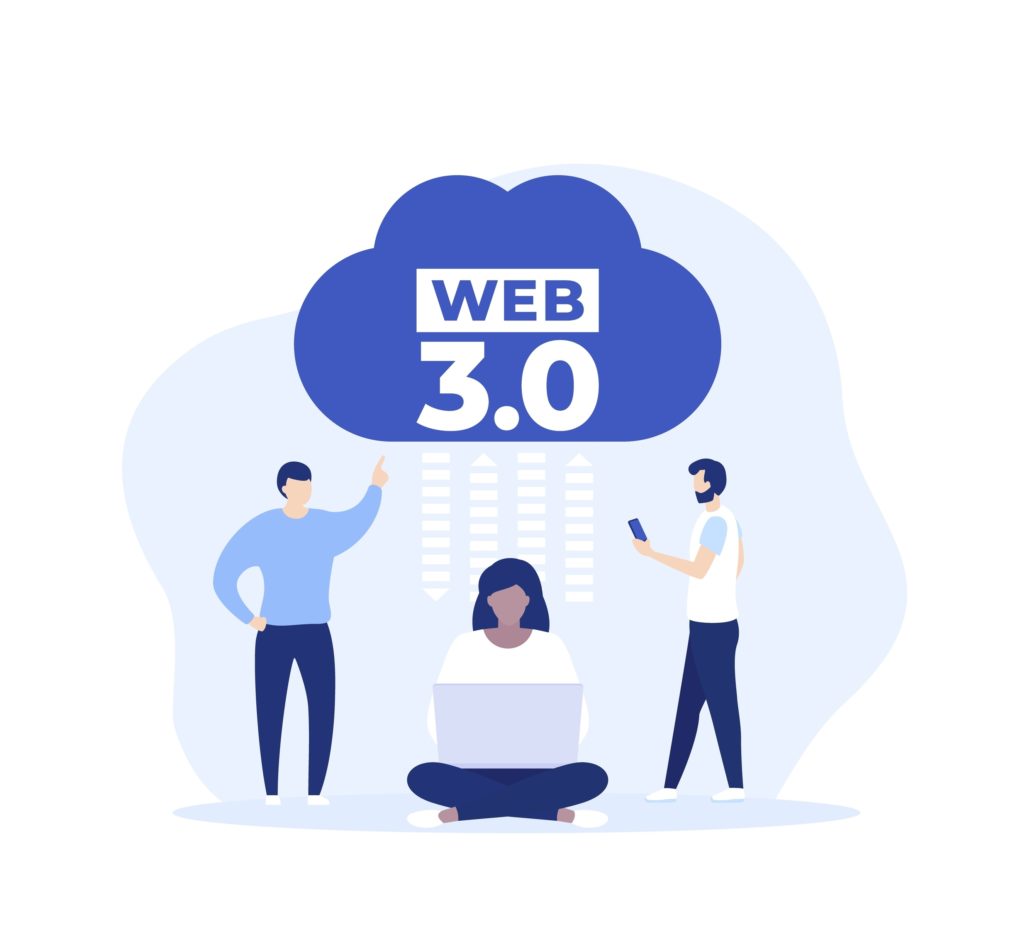
How does Web 3.0 Work?
A decentralized web is essentially a system of interconnected computers which run on a global level. However, each of them is privately owned and independent from the others. All of these devices run and work together with the primary goal of providing private, secure, and censorship-resistant access to information and services.
This is how blockchain networks work. Specifically, miners or nodes can utilize their computing power as a means of verifying the transactions within a specific network. What this means is that no central authority or even a data hosting service can gain control over them.
Decentralized web protocols also use specific links which can identify information that is based on the content.
Web 3.0 asks what the content is instead of where it is. Due to the high level of security offered by blockchain technology, we have a high level of encryption and can track the ownership securely, which is the case even throughout environments without trust.
At the current point in time, however, most of the Web 3.0 projects that we see and read about are funded by venture capitalists, which could potentially lead to a higher level of centralization instead.
Web 3.0 is still under development as a result of this and might one day fulfill its main goal of complete freedom and decentralization; however, for the time being, it does have some risks associated with it.
Risks of Web 3.0
As with any new technology that gets introduced, there are always some drawbacks and concerns, however. Specifically, control. If Web 3.0 does indeed get controlled by the investors behind it, this could lead to a centralized web again.
As a means of preventing a future such as this one from occurring, there are numerous practices already seen and implemented throughout blockchain networks, such as the Bitcoin (BTC) cryptocurrency for example.
There are also risks surrounding the regulation of Web 3.0. Without the right security measurements implemented, there can be a lot of issues in regard to monitoring and regulating Web 3.0. This can be a double-edged sword mainly due to the fact that while it will allow for a lot of freedom, this could also result in a lot of cybercrime.
Web 3.0 also requires hardware that is much more powerful than what we currently use, and many existing website owners will be compelled to upgrade to their offerings with the goal of ensuring that they do not lose out on the market that is already occupied by them.
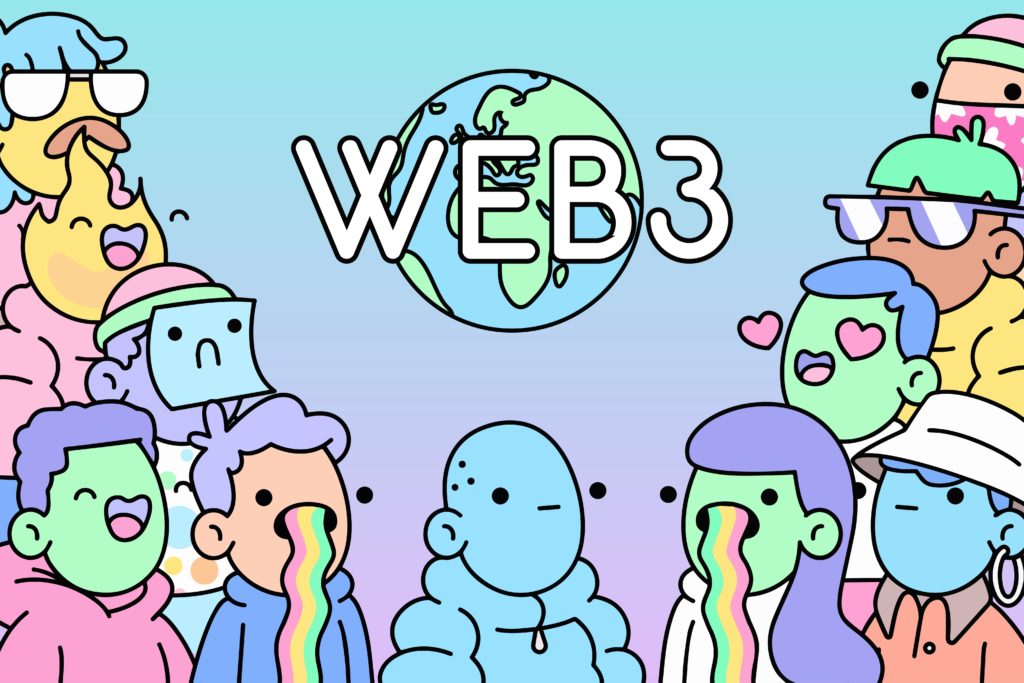
Everything You Need to Know About Crypto Web 3.0
Why Web 3.0 is Important
Web 2.0 currently has an unbalanced creator economy. We are at the point in time where there needs to be awareness in regards to how our data is put at risk due to its high centralization.
Google, Facebook, Twitter, YouTube, Twitch, or any other centralized platform, has access to a huge portion of the data that is willingly provided to them by the users as a means of gaining access to the services on offer.
There have been, however, historically been breaches of these specific centralized services that have placed data at risk.
Numerous years, if not decades, of private information have leaked from banks, retailers, and social platforms, which have showcased that we cannot expect anything we post online to truly remain fully private.
Web 3.0 is built specifically through the utilization of cryptographic primitives and features open-source code where anyone is given the opportunity to contribute to the project through code review, which can boost the security and overall transparency of the web.
Web 3.0 will also potentially rebalance the power dynamic that is present between the current user-base of the platforms, as well as the platforms themselves.
Due to the interoperability level provided by the data management platform, Web 3.0 will potentially make it a lot easier for users to vote and move from one platform to another at any point in time where they see fit to do so.
Additionally, Web 3.0 goes much deeper than the direct relationship between users, as the platforms will be user-owned and community-driven, and incentives will be placed that are aligned with the communities, which can lead to self-moderation.
Within the current Web 2.0 infrastructure, users need to wait for the platform to take action whenever an error occurs or a breach has been successful on top of the platform. While Web 3.0 allows them to act through built-in governance and moderation methods.
This is by far one of the most important reasons and methods through which Web 3.0 can provide value and power back to the creators.
Bitcoin (BTC), which was previously discussed, has managed to disrupt the industry due to the fact that it is fully decentralized. What this means is that there is no single entity or corporation that has complete control over it. What this also means is that the chances are almost non-existent in regards to someone gaining full access and control over the blockchain, and this means that it is almost impossible for a single individual to make changes to the blockchain which are not pre-approved and validated by the large community of miners that operate the network through decentralized means on a global scale.
We can use this example to enhance our perception regarding Web 3.0, which could potentially function this way as well.
By utilizing the same or similar technological advances as seen in the Bitcoin (BTC) blockchain, Web 3.0 can also ensure that it can avoid getting hacked, potentially leading to a leak of information, and will act as a system for specific users which can be a great pioneer in regards to data security and data privacy.
The entire industry needs to move towards building this infrastructure. However, other issues also need to be resolved as well, such as the migration of the current Web 2.0 apps, systems, servers, and everything else within Web 3.0, without the loss of decentralization.
Here we can see that through the Bitcoin example, we are given a perspective as to how this can be achieved through the utilization of a public ledger that is fully decentralized and run by the miners located throughout a variety of different locations on a global scale, which can lead to full decentralization, and a web where users could have full access to the data that they decide to post.
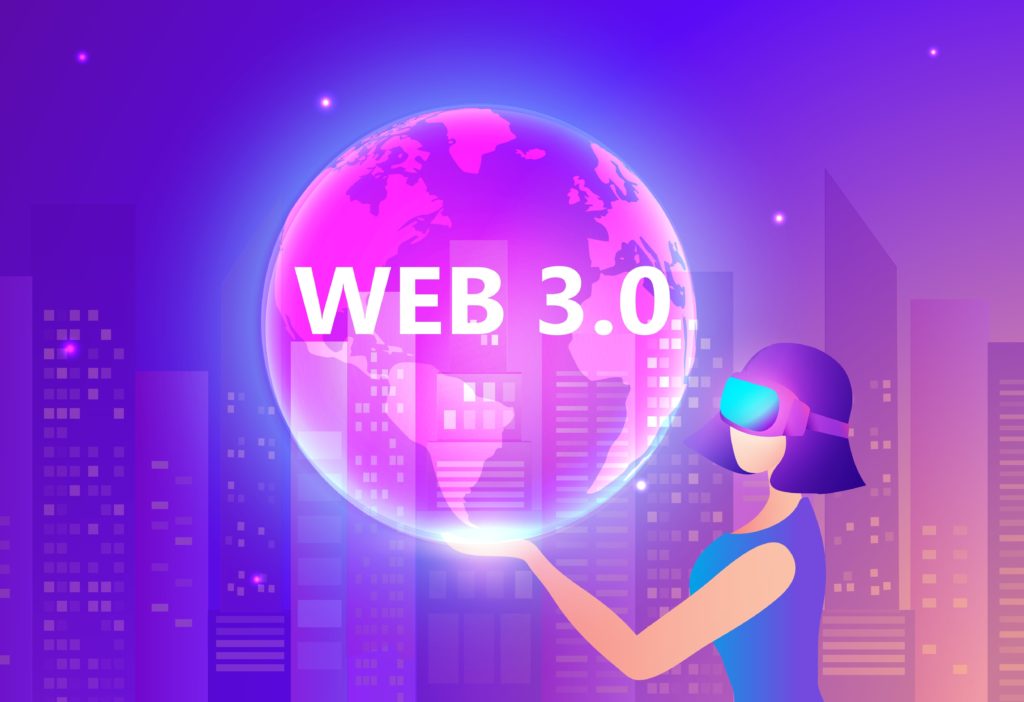
Crossing From a Centralized Web 2.0 to a Decentralized Web 3.0
The crypto industry has essentially taken financial markets to the next level in regards to the offerings it brought to the table by introducing decentralized finance (DeFi). This is despite the high level of volatility that it has experienced throughout the past.
However, there are numerous cross-chain issues currently found within the crypto space. Specifically, many developers are working and trying to find out ways through which they can solve specific issues, such as throughput, transactions per second (TPS), and overall scalability.
That said, at its current state, when we utilize blockchain technology on a daily basis, we can see limitations and challenges.
The global blockchain infrastructure as a whole can seem a bit complicated, with no significant mass-market adoption and no global consensus on using crypto and blockchain technologies on a mass market.
Cross-Chain Issues and their Importance
As we discussed earlier, tokenization plays a major role in the overall mission surrounding Web3 and its implementation.
However, currently, there are issues in regards to transferring cryptocurrencies built on one specific blockchain to a completely different blockchain. Due to the number of crypto projects increasing rapidly, countless blockchains are created, all of which feature their own native cryptocurrency and ecosystem of projects that have their own native platforms.
However, cross-chain technology is indeed gaining popularity and traction, and it intends to be a solution that can contribute towards an enhancement in the overall interoperability found between blockchains. However, this does not change the fact that there are currently a lot of issues that need to be resolved.
Brands that operate on a global scale, such as Google and Amazon, do not do perfect work in regards to keeping the internet as safe as possible. However, they are consistently working on ways through which they can improve it. The decentralized blockchain community goes in the opposite direction here.
We also need to look at adoption here. Specifically, in the early 2000s, we saw a massive level of cloud adoption which eventually brought us to Web 2.0. Many companies require expert assistance when it comes to modernizing legacy applications to the move to a crypto-powered future.
While the modernization process does have additional costs associated with it, the benefits here are undeniable, from transparent audits to a globally accessible ownership right due to the non-fungible token (NFT) implementation and due to the convenient financial remittance for the customers.
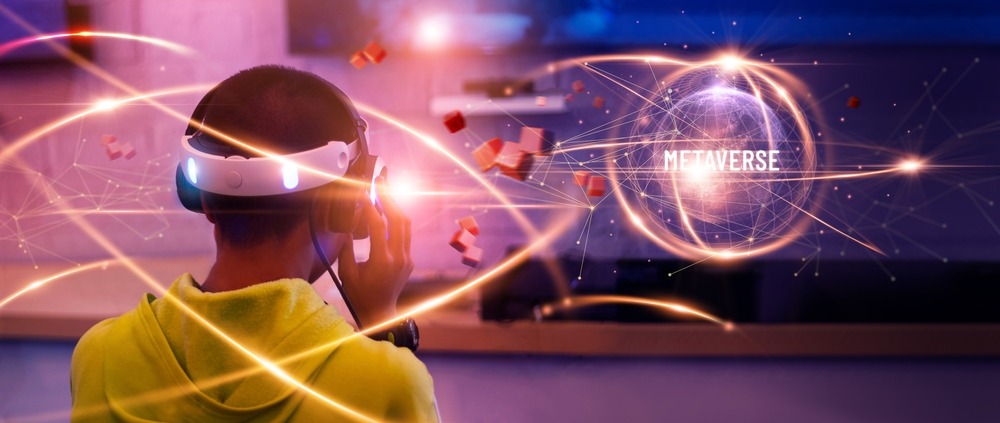
Summarizing the Differences Between Web 1.0, Web 2.0, and Web 3.0
Here we will be going over the main differences across all versions of the web.
- In Web 1.0: the content is static or passive, the languages used are HTML or CSS, there is no virtual environment, and there is static advertising through banners. Data storage is stored on a single website server, and the interaction is done through desktop browsers. The information is also structured through the usage of SQL.
- In Web 2.0: the content is finally user-generated and spread across community platforms. In terms of technology, there is dynamic HTML, JavaScript, and Java. It uses a basic 3D virtual environment, its advertising is interactive, and data storage is owned by large tech giants. The interaction is through mobile touch screens as well, with touch or swipe capabilities, and information is unstructured (Big Data).
- In Web 3.0: the content is user-owned in the form of a non-fungible token (NFT), for example, an artwork, music file, or even a text file. The technology includes blockchain, artificial intelligence, and machine learning. The virtual environment is 3D, Augmented Reality, Virtual Reality, and Metaverse. Additionally, the advertising is personalized according to the behavior of the user, and the data storage is in the form of distributed servers owned by none. In terms of the interactions, these include Wearables, AR, VR, voice assistants, and Internet-of-Things (IoT) devices. The information is stored on distributed ledgers provided by blockchain technology.
Key Features Found in Web 3.0
The key features that truly make Web 3.0 special include the following.
It’s Open – this means that it is made through the utilization and implementation of software solutions that are open-source and created by an open and available community of developers, which also means that it is accessible to just about anyone. It’s also trustless, which means that it provides freedom to users through which they can interact publicly and privately without any risk of being exposed by an intermediary.
Additionally, they are also permissionless, which means that they exist without requiring any permission from a controlling organization. This means that each user is given access to communicate freely and without many restrictions. Another key factor is the fact that this version of the web is also ubiquitous, which means that it will make the internet available to everyone at any time, from just about any location on a global scale. This also means that the internet will no longer have the limitation of computers and smartphones, as all of the devices will be connected to it at any point in time.
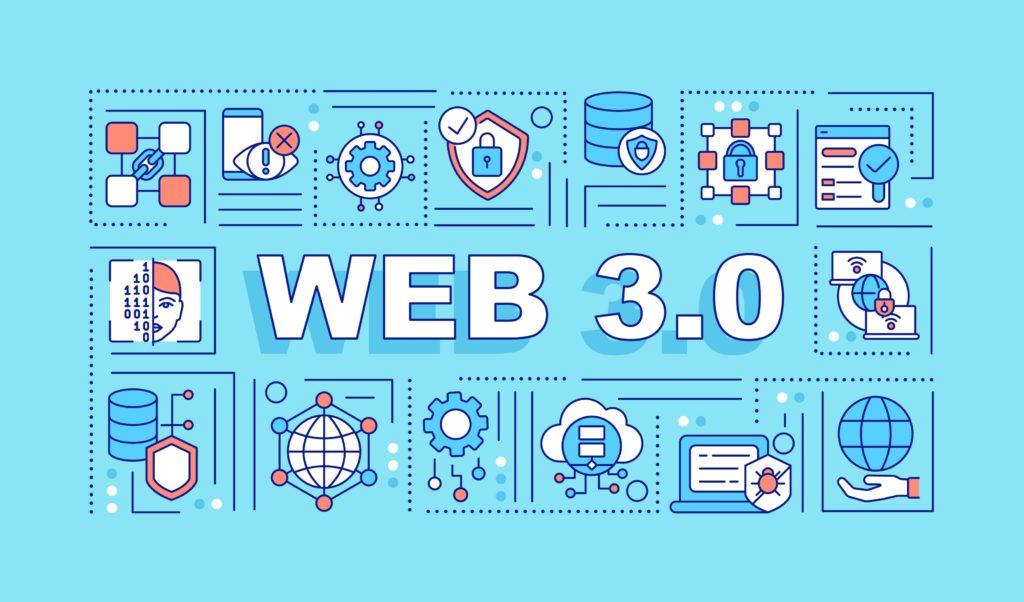
Main Benefits of Web 3.0
This next evolution of the web will be a place where everyone will be given access to a higher level of privacy, data security, and interaction.
Let’s start with transparency. The key benefit here is that all of the information gets spread across distributed ledgers and decentralized networks. Each user can follow their own data and even has the opportunity to inspect the code behind the platform that they are using. This means that there are no more issues such as the ones found within Web 2.0, where the big corporation can gain control over all of the personal information and all of the data.
Then we need to take a look at the ownership of information. Specifically, within this variation of the web, users can completely own their information and have the security of encryption. What this means is that information can only be shared with permission or on a case-specific basis.
As a point of reference, in the current 2.0 version of the web, companies such as Facebook and Amazon can access our personal information, including income, interest, credit cards, and so on, after which they can resell this information to their advertisers. Web 3.0 will ensure that our data is truly ours.
Lesser reliance on middlemen is another appealing feature of the next iteration of the web. Specifically, the entire concept surrounding decentralization aims to connect providers to end customers without the reliance on a central authority that can take a cut from an electronic transaction.
Specifically, Web 3.0 does not outright guarantee the elimination of all of the middlemen that use blockchain technology, as there will still need to be regulation for monitoring the fairness; however, it can lead to a reduction in them.
Then we need to look at and discuss the privacy aspect surrounding the web. The main advantage that is brought to us by the utilization of blockchain technology and the numerous developments found within cryptography is the fact that users can easily track their personal information online, which can lead to a solution to all of the privacy issues which were faced throughout Web 2.0. The number of breaches that have occurred in terms of user data is leading to a new age where consumers will need to think twice prior to sharing their personal information online, and this is something that Web 3.0 can resolve.
Then there’s the service aspect. Specifically, the decentralized technology introduced through the blockchain network can solve the issue of account suspension or even interrupted services due to a server failure. In the decentralized space, the data can be stored on distributed nodes as a means of ensuring redundancy, and multiple backups can lead to a prevention of a single point of server failure.
Alongside all of this, customers on a global scale are given the opportunity to connect to producers without gatekeepers or middlemen. This means that they can motivate them to a heightened level of adoption in terms of new technologies.
Digital currencies can break down all of the current barriers we have on a national level, and producers will be given a higher return on their investment within the service.
Based on all of this, it is clear that the next iteration of the web will be utilizing blockchain technology. We are going towards an internet where each user is given access to their own data and can control where their personal data goes and how it lives online. They are given the opportunity to essentially control their data and privacy and prevent potential exploits of it due to the utilization of blockchain technology.
Whatever the case may be, one thing is clear, and that is the fact that the web will ultimately become a lot more interactive and engaging whilst also ensuring that each user has a heightened level of peace of mind when using it.
Web 3.0 has a long road ahead of it; however, no matter what happens throughout its development and real-world adoption process, it is clear that this is a vast technological leap when compared to Web 2.0, just as Web 2.0 was a leap when compared to Web 1.0. We are entering a new era, one where big tech companies won’t have as much control over our data.
